Plastic waste in the oceans is an issue that has risen to the forefront of public attention in recent years. Media images of marine animals trapped in plastic and pieces of garbage found in their stomach contents have raised concern around the world. In the center of the Pacific Ocean, environmentalists are in the process of cleaning up the Great Pacific Garbage Patch. This swirling mass of floating garbage was three times larger than France when it was discovered! Which nations dump the most plastic waste in the ocean? Is your country on this infamous list?
How Does Plastic Get Into the Ocean?
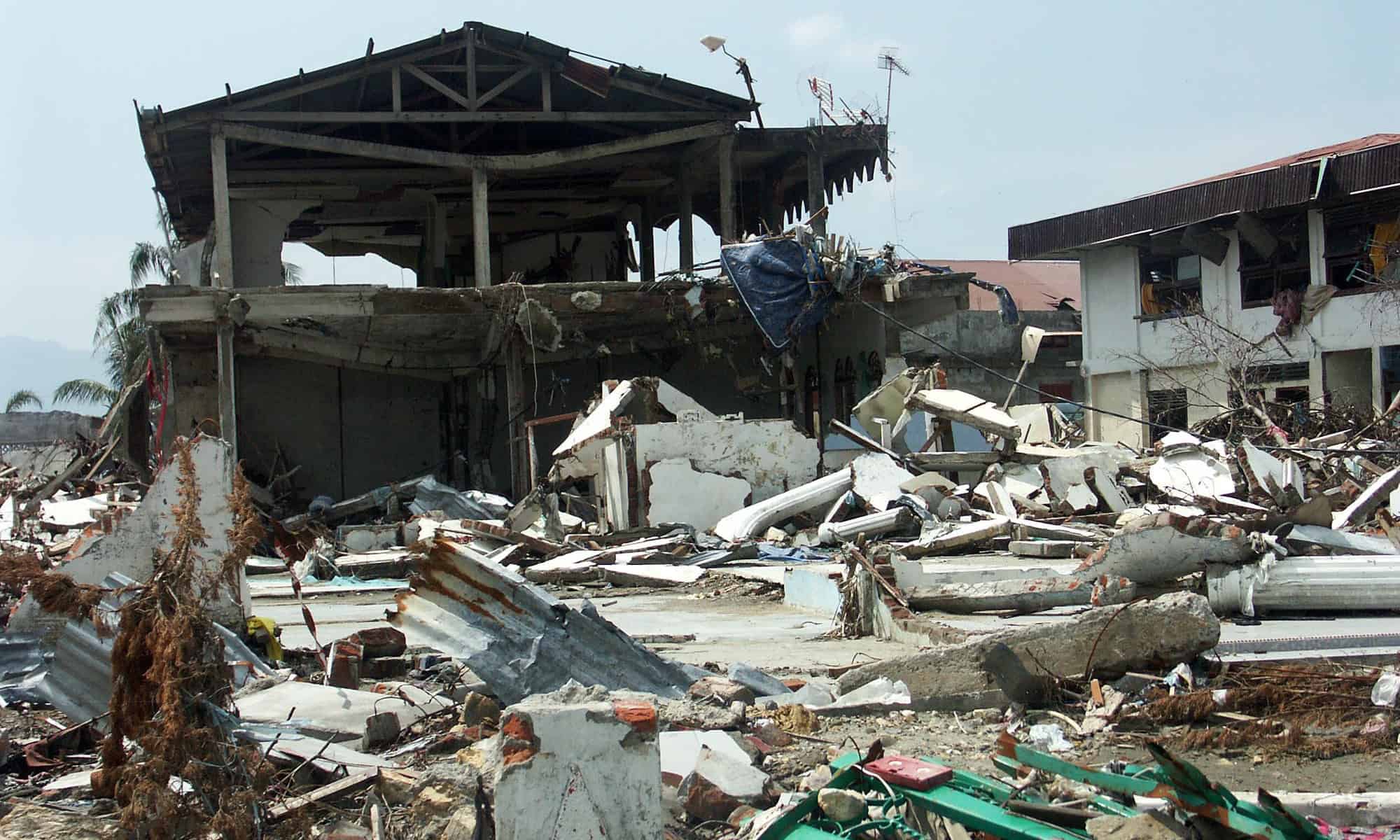
Only a fraction of oceanic garbage results from acts of nature like tsunamis or typhoons.
©A.S. Zain/Shutterstock.com
About 14 million tons (12.7 million metric tons) of plastic wind up in the ocean every year. That’s approximately the weight of 140 aircraft carriers (at 100,000 tons apiece)! A fraction of this is the result of storms and tsunamis that sweep houses and possessions out to sea. Roughly 20-30% of oceanic plastic comes from marine activities like fishing. The rest is mostly the result of people throwing garbage into rivers, which flow out to sea.
In the ocean, it takes plastic a very long time to break down. Experts estimate a plastic bag will take 20 years to decompose; a plastic bottle up to 450 years; and plastic fishing line 600 years. Just think, if the Jamestown colonists had used plastic bottles, those same bottles might still be floating in the ocean today!
What Are Microplastics?

Microbeads in skin care products easily get through water filtration systems and into the ocean.
©carles miro/iStock via Getty Images
Plastic debris in the ocean comes in all sizes. Some types of plastic become brittle as they age in the hot sun and salt water of the high seas. Small pieces fleck off. When these are less than 5 mm in length, they are called “microplastics.” Microplastics also come from non-biodegradable polyethylene microbeads included in toothpaste and exfoliants to create an abrasive effect. These beads are tiny enough to pass through filters and easily enter the world’s oceans. One study found microplastics in 75% of fish species sampled and 25% of the individual fish of those species. Approximately 30% of shellfish such as shrimp contain microplastics as well.
How Harmful Are Microplastics?

Shrimp is an example of a popular seafood that often contains microplastics.
©Maria_Usp/Shutterstock.com
The National Institutes of Health reports that lab experiments with human cells and mice demonstrated that microplastics can be damaging to health. They can cause inflammation, oxidative stress, disturbances in lipid metabolism, problems with gut bacteria, and neurotoxicity. There is no known way to remove microplastics from the body.
The Top 10 Countries Responsible for Oceanic Plastic

The vast majority of oceanic plastic comes from Asia; particularly India and China.
©Rich Carey/Shutterstock.com
According to CIWEM, the Chartered Institution of Water and Environmental Management based in London, the following countries are the worst offenders when it comes to oceanic plastic waste.
1. India

India, the world’s most populous country, is a primary polluter.
©vu3kkm/iStock via Getty Images
India is the main polluter of our oceans when it comes to plastic. This country dumps 278.9 million pounds (126.5 million kg) of plastic into the ocean annually.
2. China

China has rapidly industrialized and is one of the world’s major polluters.
©anek.soowannaphoom/Shutterstock.com
Each year, China is responsible for adding 155.9 million pounds (70.7 million kg) of plastic to our bodies of water.
3. Indonesia
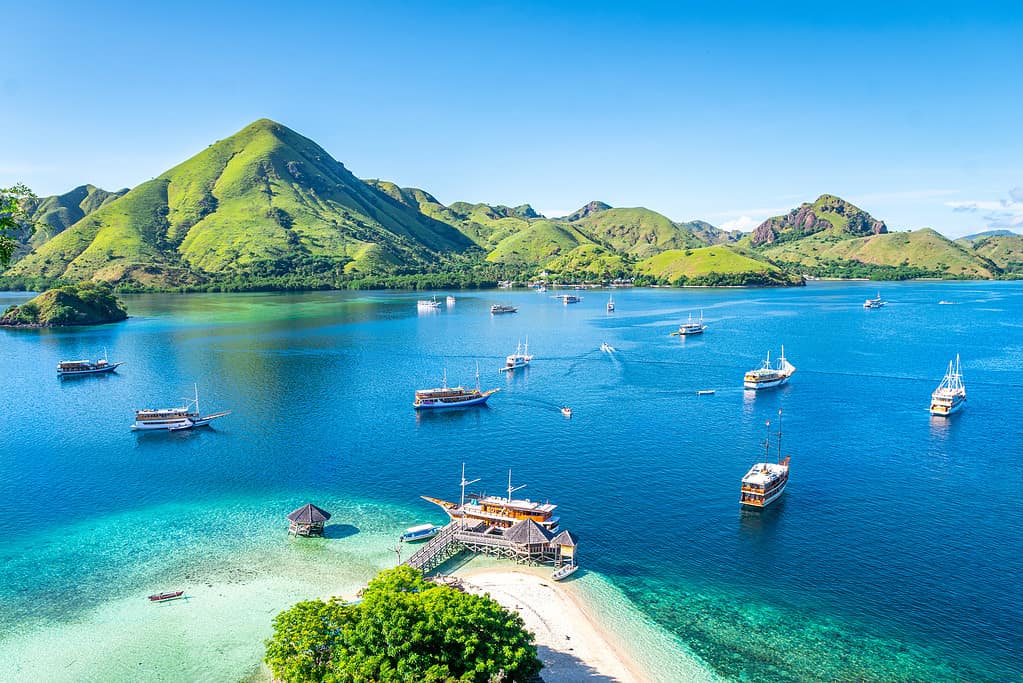
Indonesia has countless conduits of plastic waste through its rivers and streams.
©jon chica parada/iStock via Getty Images
Indonesia is another major player in plastic pollution, contributing 117.5 million pounds (53.3 million kg) of plastic each year.
4. Brazil

Brazil is by far the worst of the American contributors.
©Erich Sacco/iStock via Getty Images
Brazil is the only non-Asian country in the top five worst polluters. This South American country is heavy on plastic pollution, adding 83.8 million pounds (38 million kg) to the world’s oceans annually.
5. Thailand
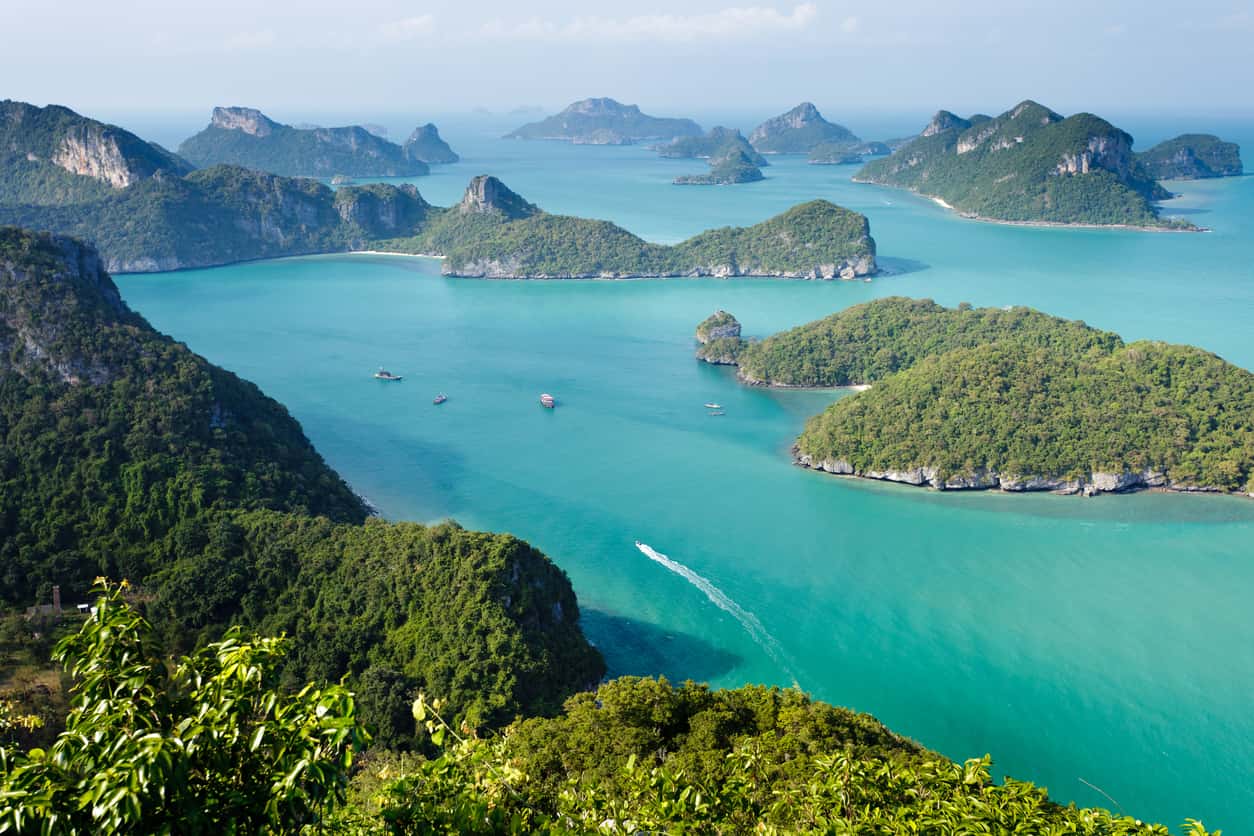
Though known for its beautiful beaches, Thailand continues to pollute our oceans.
©iStock.com/smithore
Thailand dumps 50 million pounds (22.8 million kg) of plastic with each passing year.
6. Mexico
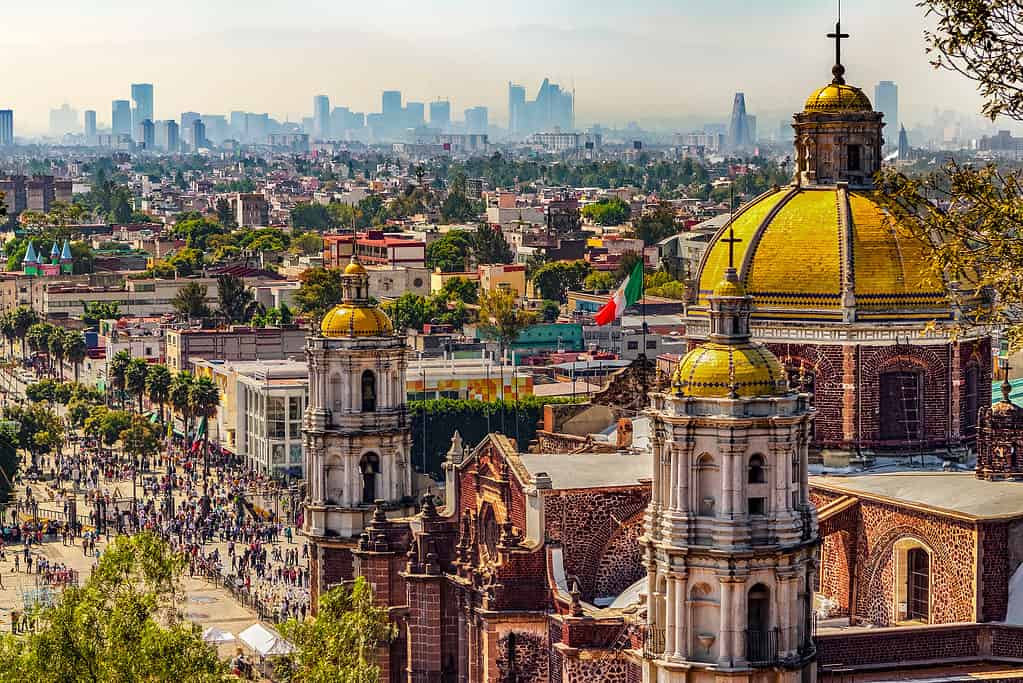
Mexico makes it into the top 10 plastic polluters.
©WitR/Shutterstock.com
The first North American country on our list, Mexico contributes 7.7 million pounds (3.5 million kg) of bottles, bags, and other plastics every year.
7. Egypt
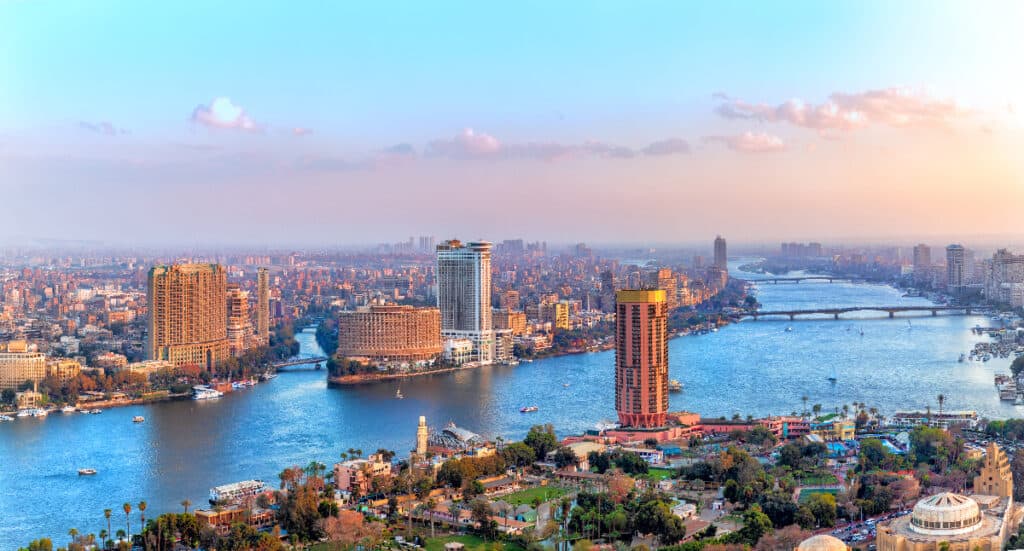
Egypt funnels tons of plastic into the Nile watershed and on into the Mediterranean Sea.
©AlexAnton/Shutterstock.com
Egypt is the only African country in the top 10 worst offenders, dumping 5.5 million pounds (2.5 million kg) of plastic into our precious water sources annually.
8. United States

The United States is second only to China in the amount of plastic it consumes every year.
©Ondrej Bucek/iStock via Getty Images
The United States ties with Egypt, releasing 5.5 million pounds (2.4 million kg) of awful plastic into water bodies each year.
9. Japan

Heavily developed, densely populated Japan is a major contributor to oceanic plastics.
©Travel mania/Shutterstock.com
Annually, Japan is responsible for four million pounds (1.84 million kg) of plastic waste polluting our oceans.
10. United Kingdom
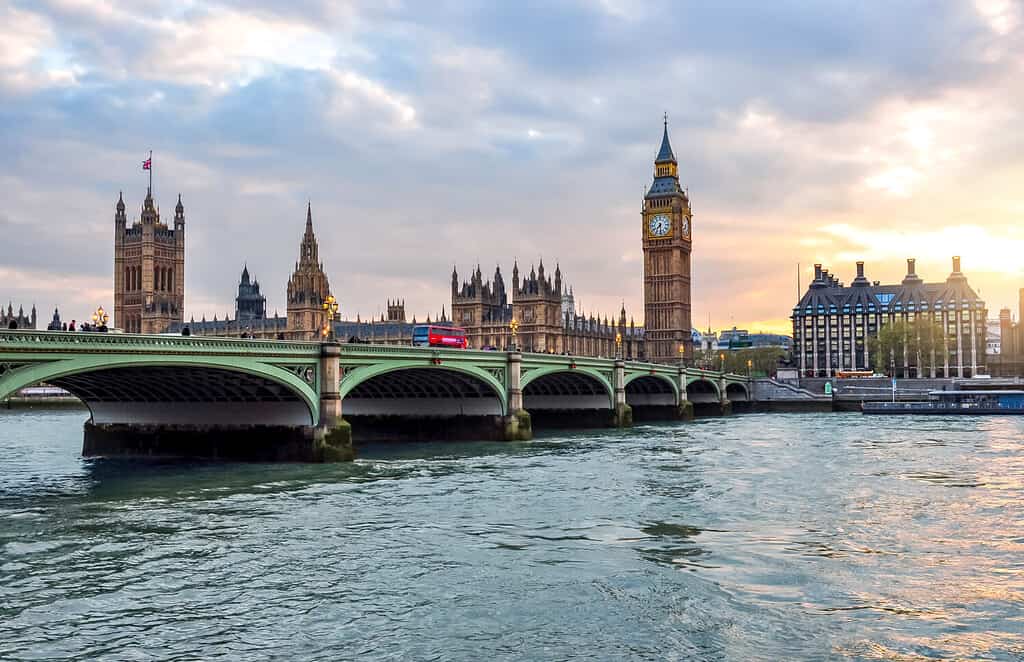
The United Kingdom is the only European country to make it into the top 10.
©Mistervlad/Shutterstock.com
Though last on our list, the U.K. is still guilty of pushing 1.5 million pounds (0.7 million kg) of plastic into the oceans each year.
What Can Countries Do?
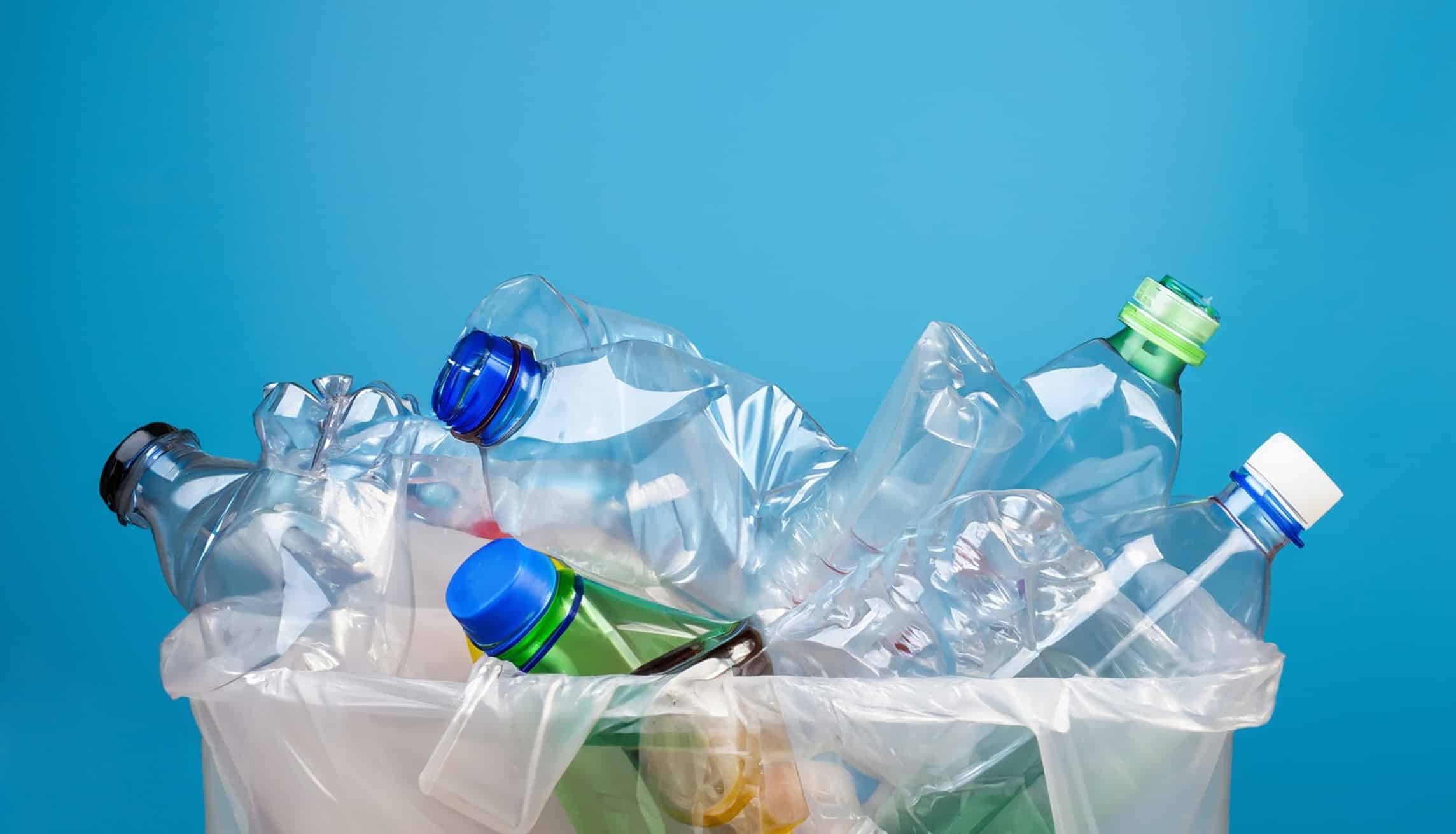
Reusing and refilling containers should be the most economical option.
©Makhbubakhon Ismatova/iStock via Getty Images
These are some of the recommendations of the United Nations Environment Programme for countries to end plastic waste:
- Reduce – products should be delivered in a way that does not require a plastic container. For example, dry products could be substituted for liquified ones.
- Reorient – shift toward sustainable alternatives on both the supply and demand sides of the equation.
- Reuse – create an economy where reusing and refilling products is more economical than throwing them away.
- Recycle – design plastic products to make them recyclable in the market where they are sold.
Countries can incentivize consumers and businesses to make these changes by imposing taxes that make plastics more expensive, and thus more desirable to reuse or recycle. They could also give tax incentives to companies that take environmentally friendly steps to change their packaging or to establish recycling programs.
What Can You Do?
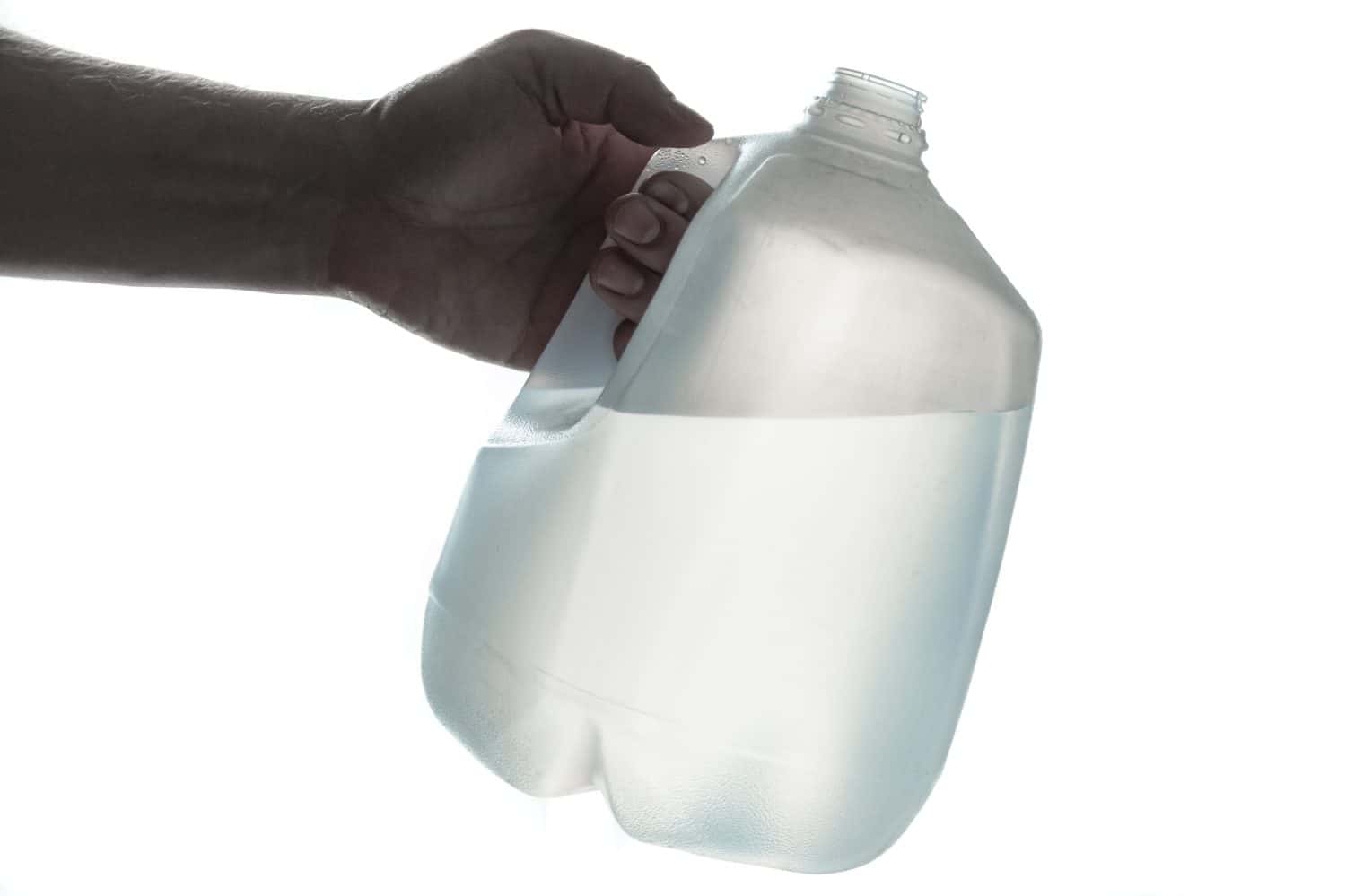
Educate yourself about plastic waste and share what you learn with family and friends.
©Benjamin Clapp/Shutterstock.com
Individuals who are concerned about the impact of plastics on the environment have a lot of possibilities for activism. Here are just a few suggestions:
- Contact elected officials to make your concerns known.
- Contact companies that are the main producers of plastic waste and petition them to change their packaging strategies.
- Educate yourself about plastic waste and share what you learn with family and friends.
- Use the app My Little Plastic Footprint to assess your “plastic footprint” on the world.
- Reduce, reuse, and recycle your family’s plastic waste.
Ultimately, millions of daily choices add up to a major problem like plastic waste. Likewise, millions of daily choices are required to undo the damage.
The photo featured at the top of this post is © Rich Carey/Shutterstock.com
Thank you for reading! Have some feedback for us? Contact the AZ Animals editorial team.







